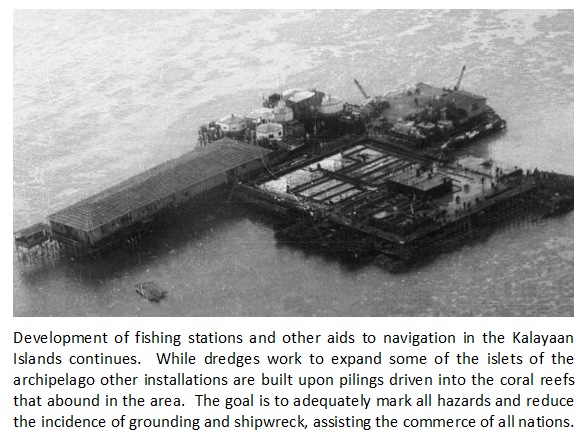You are not logged in.
Dear visitor, welcome to WesWorld. If this is your first visit here, please read the Help. It explains in detail how this page works. To use all features of this page, you should consider registering. Please use the registration form, to register here or read more information about the registration process. If you are already registered, please login here.

 Japan bought the Indian submarine Sangadila, the Indian cruisers Hyderabad and Bangalore and the Chosen carrier Chosen and they are still in service of the Japanese navy and not sold on to some other nation (and they never will).
Japan bought the Indian submarine Sangadila, the Indian cruisers Hyderabad and Bangalore and the Chosen carrier Chosen and they are still in service of the Japanese navy and not sold on to some other nation (and they never will). Well, they should sell it to a reliable nation that does not sell any ships like Japan. :) Japan bought the Indian submarine Sangadila, the Indian cruisers Hyderabad and Bangalore and the Chosen carrier Chosen and they are still in service of the Japanese navy and not sold on to some other nation (and they never will).
Forum Software: Burning Board® Lite 2.1.2 pl 1, developed by WoltLab® GmbH
